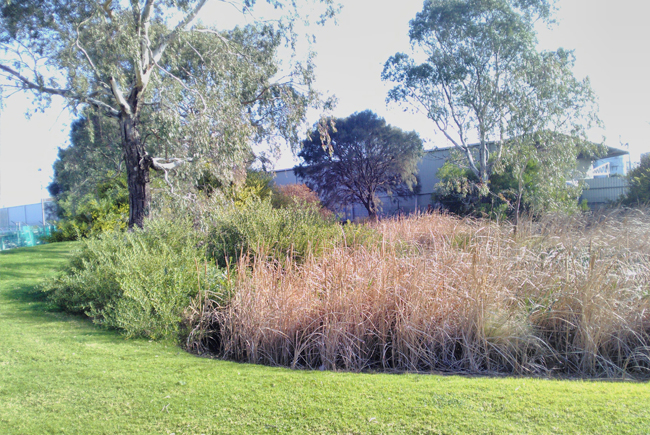Like most of us, Colin Davis cares about the environment. As our Supply Chain Environment Lead he is drawn towards solutions that harness the power of nature to solve an engineering problem, such as the Kangaroo Wetlands at our Newport Terminal.
The Kangaroo Wetlands is a man-made marsh system established to help clean and purify rainwater that gathers in large bunds around the fuel storage tanks at our terminal located at Newport, Melbourne.
“It’s a more environmentally friendly solution than treating the water with chemicals,” says Colin, who appreciates the way the wetlands solves a problem – water purification – in an environmentally friendly way that doesn’t use any energy. “And a natural environment is always going to look better than pipes,” he adds.

“The water first passes through an interceptor, which is designed to separate any contaminants from the water, before it enters the wetlands system. Purified water from the wetlands eventually flows into the Yarra River estuary.”
Regular monthly testing ensures the water is of good quality before it meets the river. But, as Colin explains, the water quality is actually pretty good anyway.
“We’re always looking for ways to improve our environmental footprint,” he says. “One of the outcomes of that is that the stormwater from around the fuel storage tanks is really good. Hardly any contaminants end up in the interceptor, and that’s before the water even enters the wetlands.”
Letting nature do its job
So how does the wetlands work? Colin explains: “It’s pretty simple, really. Hydrocarbons occur in nature, so basically we’re letting nature do its job to get rid of them.”
“We slow down the flow of water, so that the natural biological and chemical processes have time to work. Grasses, sedges and other flora ensure the water flow is slow enough, there’s enough oxygen and dilution, those sorts of things, to assist the normal, natural biodegradation processes.”
All the plants within the system were carefully selected and planted to provide the optimal purification environment. Certain species actually draw contaminants out of the water and sediment.
A win for the environment and the community
The result is a wetlands that looks completely natural, and has developed its own ecosystem of flora and wildlife. “It was originally built in the nineties, so it’s had time to settle in,” he explains. “It was just wasteland before then. Now you’ll find plants, birds and animals that weren’t there before. So it wasn’t just solving a problem – it was also a beautification project and building habitat within the local community.”
But does the wetlands actually help purify water?
“Monash University did a study in 2014, investigating constructed wetlands and how effective they are. They used the Kangaroo Wetlands as a case study, and proved that the water quality is of a much higher standard as a result of the wetlands. So, yeah… it works!”
The Kangaroo Wetlands is just one example of Viva Energy’s commitment to care for the planet. And we’ll continue to take a proactive approach and find the best possible solutions to minimise any impacts from our operations.
Interested in learning more about Viva Energy’s approach to the environment and sustainability?
Find out more